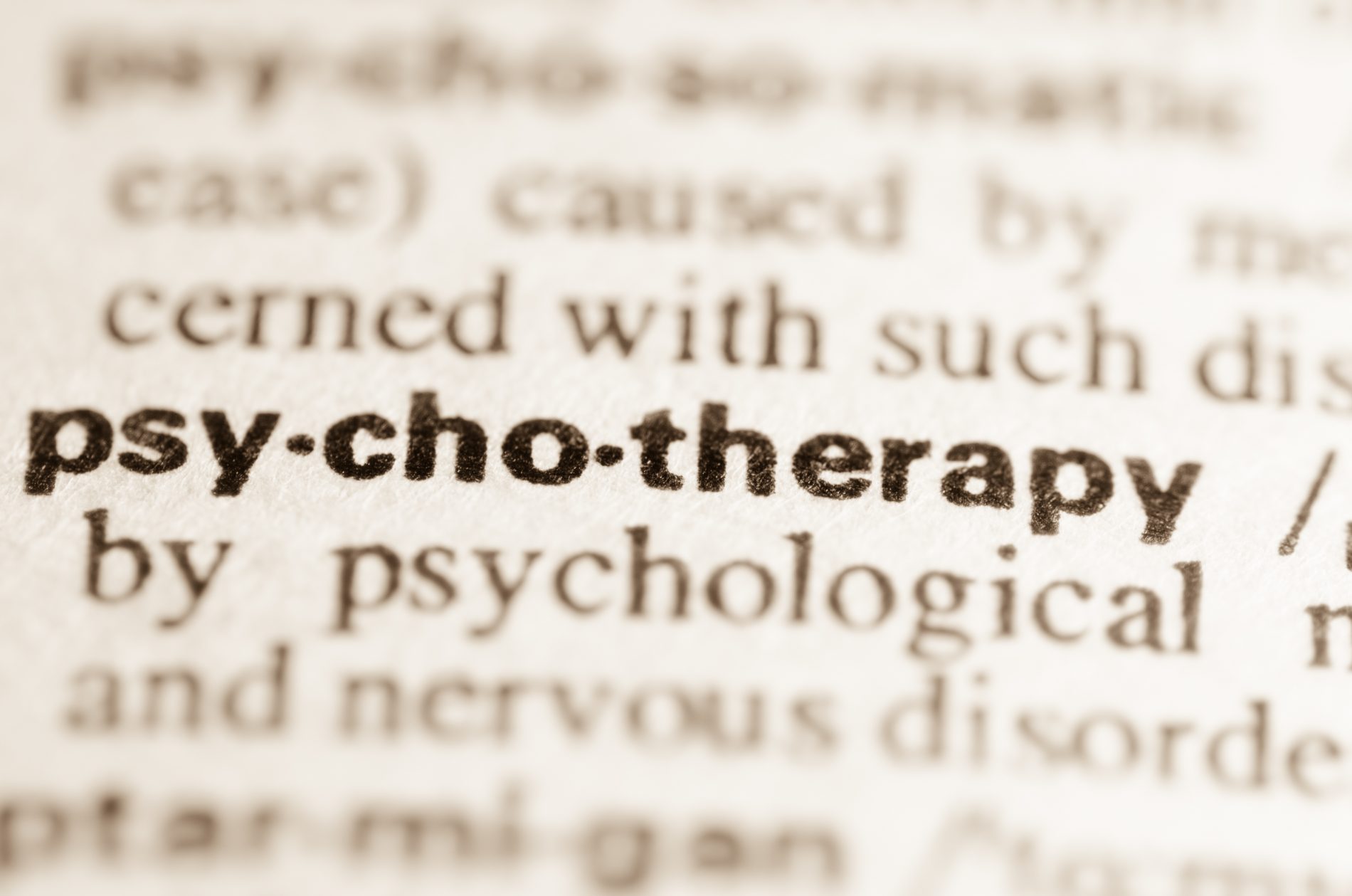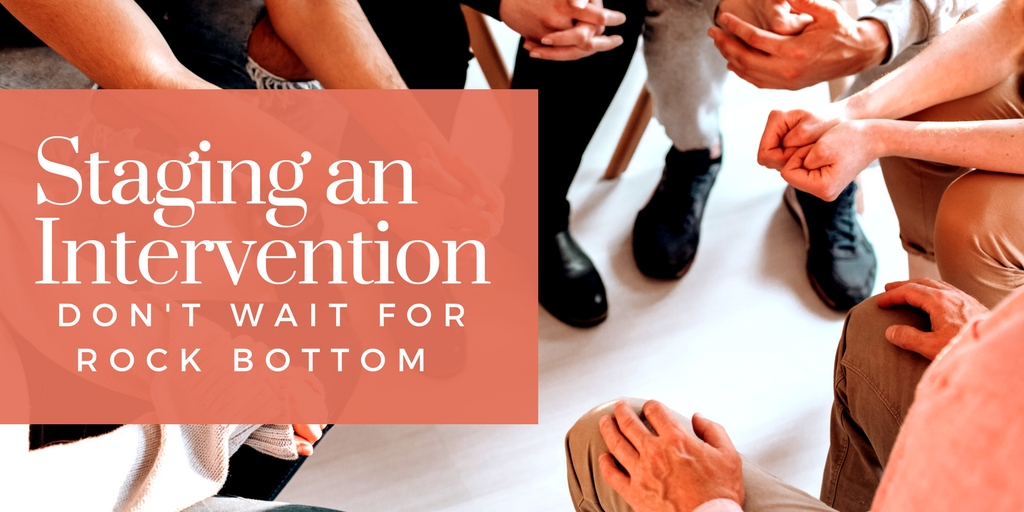What to expect in this episode
- Addicted to instant gratification
- Becoming attuned
- A sense of belonging
Being addicted to instant gratification
Definitely, technology is an example of being addicted to instant gratification and to attempt to be gratified by making more accessible to you, more and more instant gratification, is like trying to put out a fire by pouring oil on it.
You have to change. So, you have to switch from the basis of my life is my ego desires in the moment, what I want, to something much broader. Maybe I can become gratified if I can become the person who I want to be.
Well, who is that person that I want to be? Well, I want to be a person that is in harmony with myself. I want to be a person that’s in harmony with my environment, and what is the result of becoming attuned and being more in harmony with yourself and environment?
A beautiful resonance, that we tend to call gratitude. A sense that I belong and really an actual feeling that we have inside of ourselves of being in the same song with the world, so to speak.
But that has to do with like getting out from these sort of narcissistic and isolated activities, whether that be drug addiction or technology addiction pulling out of that and being much broader – really seeing – and there’s a pain, there’s a pain in that transition, we call it detox.
One way or the other, right. If we wean ourselves off of some small narrow focus that worked for a while, but no longer is working to satiate our lives and we’re no longer growing from it, when we first pull off of that thing, there’s a painful detox. In the case of drugs and alcohol, it’s a physical detox. In the case of other behaviors, it’s like a moral spiritual detox.
What’s it like for me to disconnect, step away, and then reconnect to the larger whole, there’s a pain involved in that, but then there’s a freedom and a relief involved in that, and suddenly I’m not in myself anymore on my phone. And a funny thing to me is like when you’re walking to a Starbucks and you see 30 people at their tables, on their laptops, clicking away.
I totally get what’s going on, at the same time, you wonder like wow, if this is your daily routine, what’s it like to kind of pull off of that? What would you see if you pulled off of that screen for a little bit noise and question, well what am I doing? What’s going on?
At first, it would be scary and frightening and painful, and then you’d go, wait a minute, hum, there’s a rich and diverse world in here and I’ve been so locked into this activity that I can’t see it.
One story that I had or an experience that I had, it was super weird for me, I was not a happy person and in fact, I didn’t know what happiness was. I remember somebody asked me, “Are you happy?” and I literally looked at them and I go, “What the fuck does that mean?” I just had no idea what that even meant, because I had never experienced happiness.
I’d experienced fun. I had experienced excitement. I’d experienced hyper-frustrated, angry, but never happiness. And my first moment of happiness was a deep moment of gratitude and I was driving with my daughter, I think she was probably five at the time. I was in a Cadillac, on Venice Boulevard going to Gloria’s Mexican Restaurant, (shout out to Gloria’s) and it was raining, it was nine at night. I was going to meet some of my friends and I decided I was going to bring my daughter along.
She was going to come hang with the boys. And I remember, I put my hand back on her head and all of a sudden, tears welled up in my eyes. I mean, nothing was going on. I was on Venice Boulevard driving to a Mexican Restaurant and all of a sudden, like these tears start coming and it went from “why am I crying” – right into my heart.
My heart opened up and I thought, what is that? I had my hand back here and I’m crying and there’s rain on the windows and I went, I’m grateful. It was love. It was happiness. It was gratitude, it… wasn’t words. I’m putting words to it now, but it was an overwhelming feeling of being filled up with love and care.
“It was an overwhelming feeling of being filled up with love and care”
And it was a really spiritual moment for me, in that my ego-mind says, “What the hell is going on here!” Then, “Oh, oh, oh, You’re grateful, you’re grateful…”
And I think, “what am I grateful for?” This is all in my mind and at first. You’re grateful for your daughter, you’re grateful to be a dad, to be with her and connected to her. And then it was – but my daughter didn’t birth herself, oh you’re grateful for your wife, the mother of your child.
But then I go, but wait, she didn’t come out of nowhere, and I thought, “oh you’re grateful for her parents, my parents…” and it just kept going out and out, in sort of concentric circles.
I realized I’m grateful for the orchestrator of this moment, the orchestrator of all of this that allows for moments of love and gratitude. And that for me, was a spiritual moment, it was a moment where I was connected to God, or whatever you would care to call that.
And it was a real shift in my recovery from like seeking and competing and wanting to do that – stuff, to – oh no, I need more of this. So that became a different kind of a drug for me.
[/vc_column_text][/vc_column][/vc_row]

